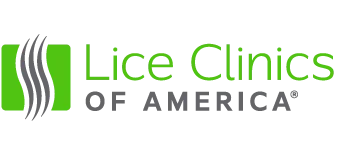We’re here for you even if you are
treating head lice at home
Today’s options for head lice treatment range from ineffective home remedies, such as mayonnaise or vinegar, to potentially toxic over-the-counter treatments that contain pesticides to professional services including professional nit pickers and clinics in the Lice Clinics America who kill lice with heated air.
A home method you can try is lice combing, also called nit-picking. You’ll need a lice comb (nit comb) and need to be prepared to do this night after night for a week or so. Or, you could come into our clinic, where our treatment takes less than an hour. Or, you could come into our clinic, where our treatment takes less than an hour. to: Good News – our products come with expert help and the below guide is a step by step process to help you get rid of lice at home. Of course, while you’re at the clinic, you could choose our professional lice treatment that is over 99% effective in as little as an hour.












